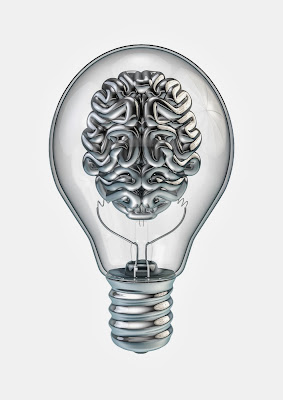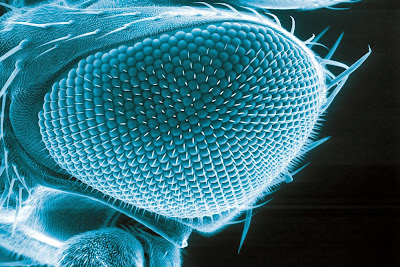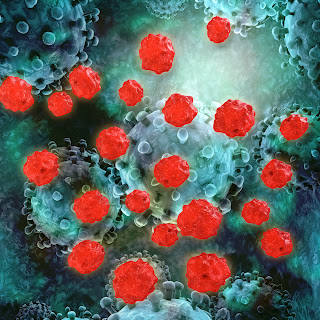
Last night marked the Access to Understanding 2014 science-writing competition award ceremony. At its heart, the competition is a celebration. It celebrates the commitment and enthusiasm of early career researchers to share scientific advances with an interested public audience.








